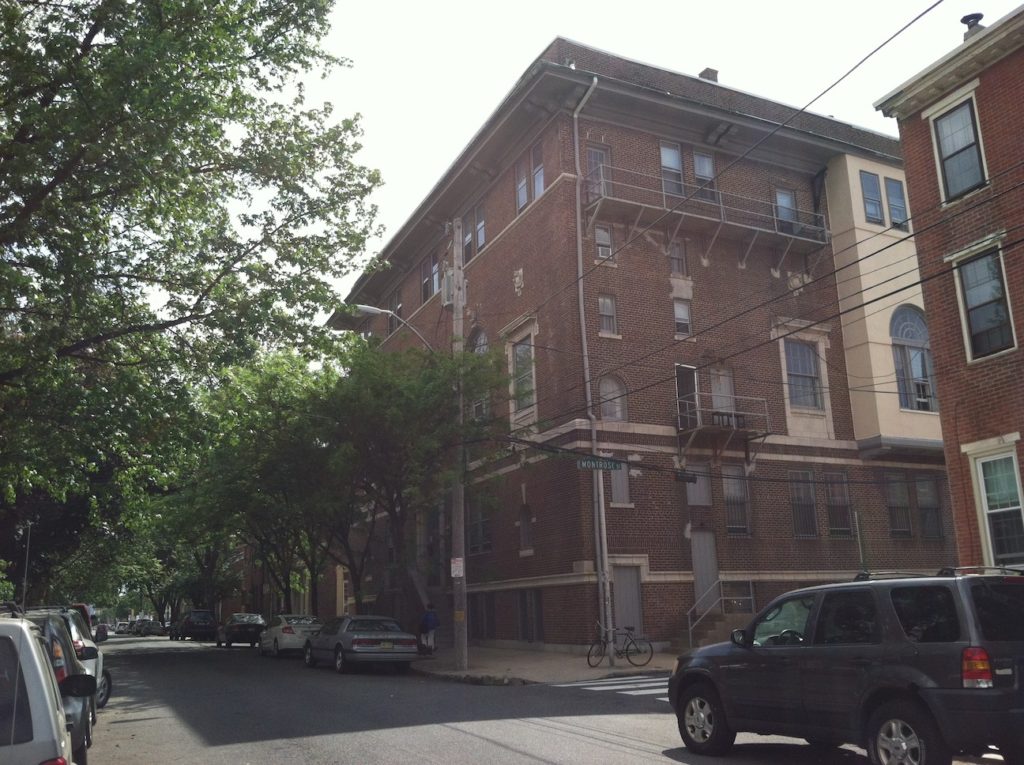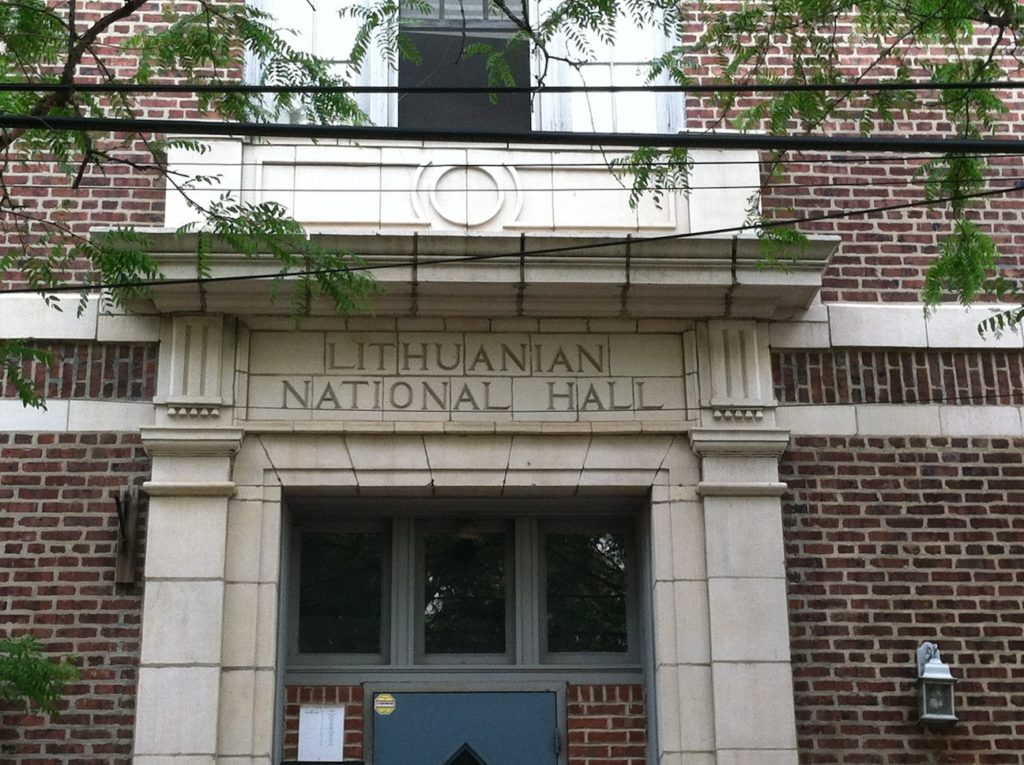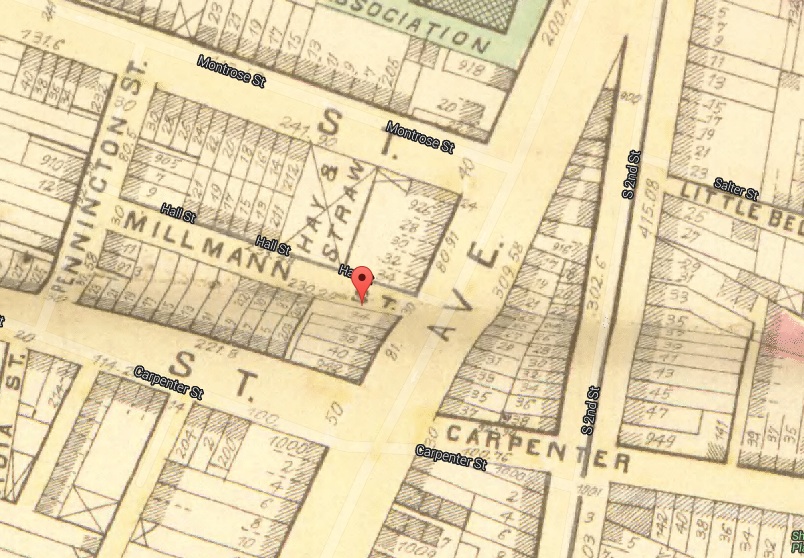With the influx of European immigrants in the late 19th century, neighborhoods like Queen Village grew substantially. While the settlement of Irish and Italian immigrants in South Philly is well-known, the emergence of a Lithuanian population is less frequently referenced. However, the Lithuanians were part of the multi-ethnic tapestry defining the neighborhood toward the turn of the century. The image here below, taken from G.M. Hopkins’ 1875 Philadelphia Atlas shows a row of private residences on E. Moyamensing Ave. between Montrose and Millmann Streets.
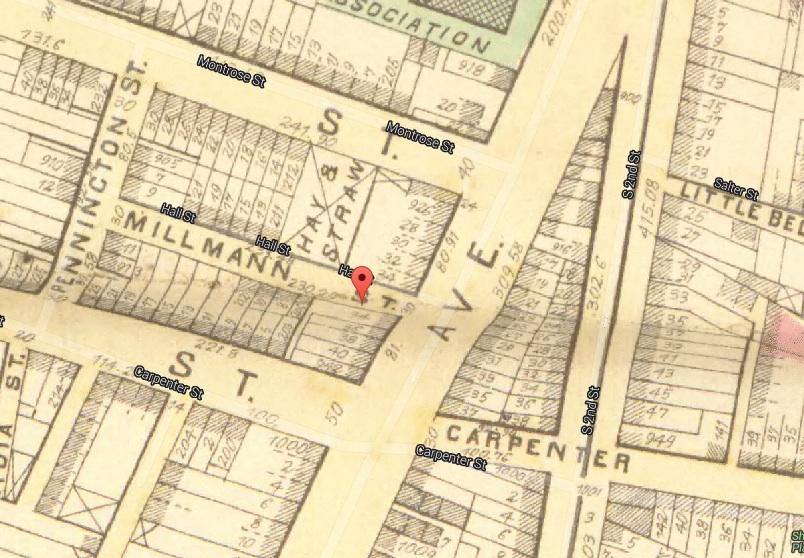
Neither these private residences nor the name Millmann Street would survive to see the next century. In 1900, the stretch between 924 and 932 E. Moyamensing Ave. became the Lithuanian National Hall. Many newly minted Americans were arriving at the port just around the corner on Delaware and Washington Ave. with no money to speak of and no English with which to speak of it. Incoming Lithuanians, according to Renzi Properties, found lodging and a community at the Hall. Millmann Street, fittingly, became Hall Street. The Hall quickly became a neighborhood fixture and a popular meeting spot for organizations of all ethnicities, denoted by the 1920 photo here below, borrowed from the Walter P. Reuther Library.
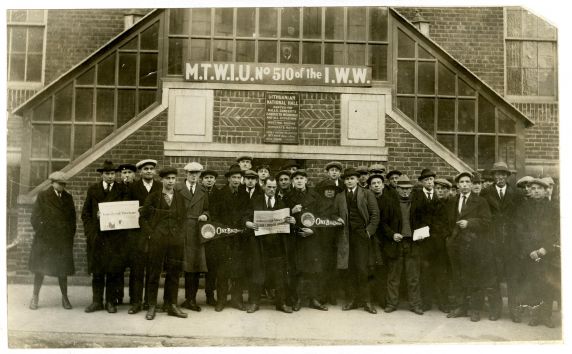
Over the coming years, it appears that the building’s primary purpose became community meetings by a wide array of organizations, especially the blue-collar labor organizations populated by the neighborhood’s residents. Presumably, as the wave of European immigrants slowed during World War II, the need for housing in the Hall diminished considerably. The 1963 image here below, taken from the Department of Records, shows the Hall in the background, largely in use for community meetings and events at this juncture.
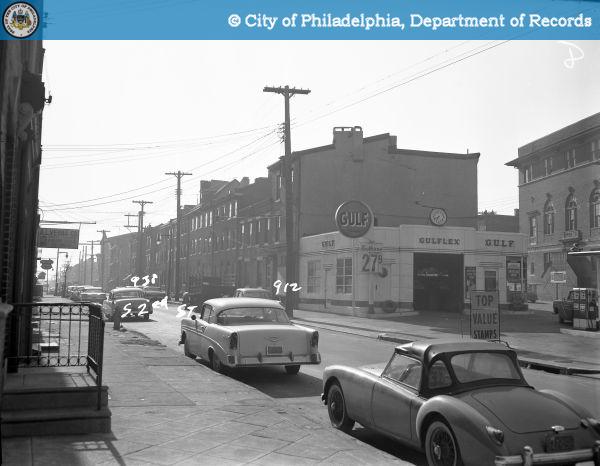
Twenty years later, it would be exactly the reverse. The need for housing in the revitalizing Queen Village neighborhood overshadowed the need for meeting space. According to Renzi Properties, the Lithuanian National Hall officially ceased to be in 1984, when it was converted into the apartment units which occupy the building today. The engraving identifying the Hall (as well as the street name) remains in place today.
